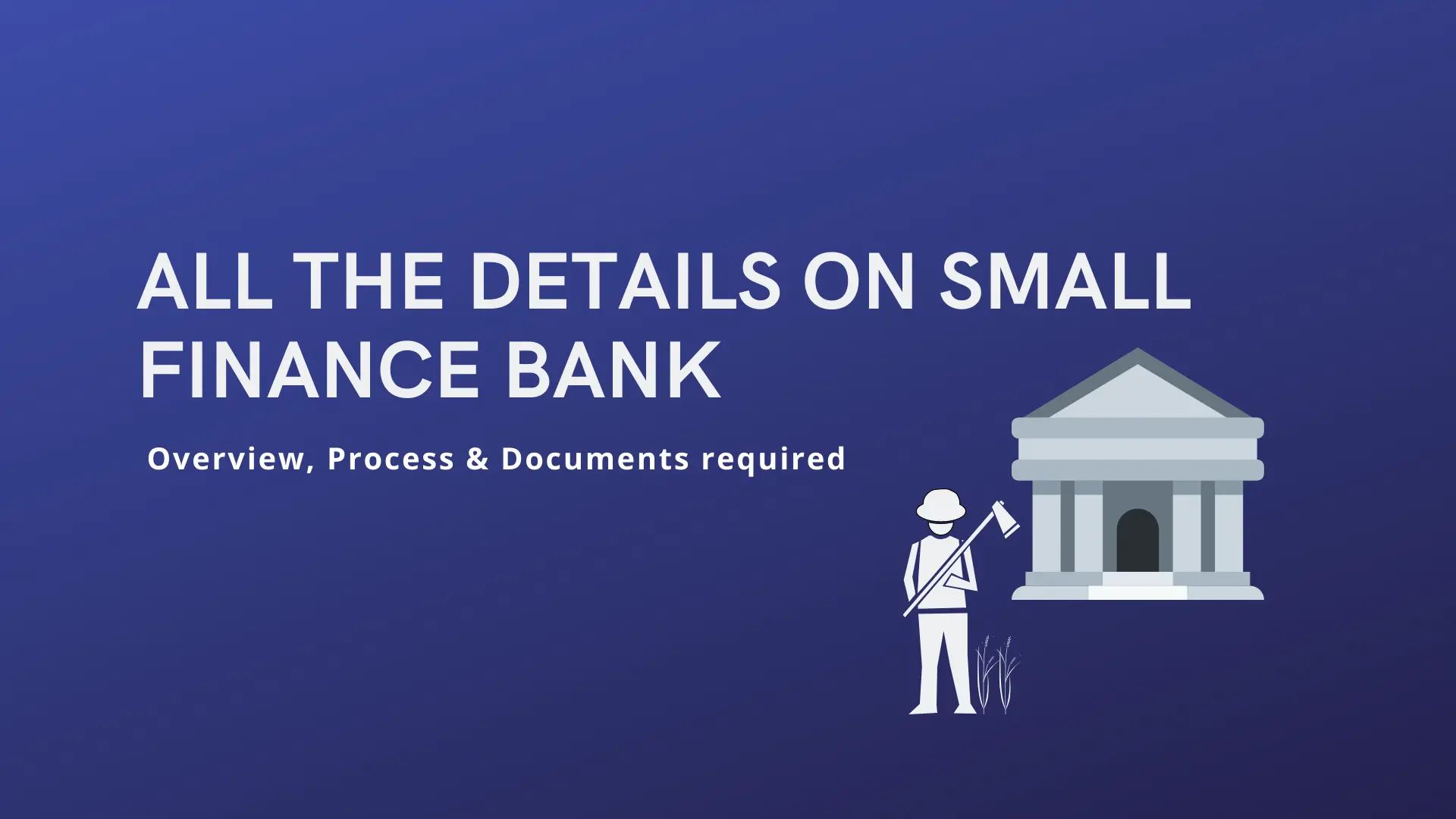

Congruence Model for Business
Any entrepreneur faces a lot of business issues daily. Is the company effective enough? Does it meet the expectations? What can be improved or changed and how this will impact on the business?
Any entrepreneur faces a lot of business issues daily. Is the company effective enough? Does it meet the expectations? What can be improved or changed and how this will impact on the business? What’s the core of the problem – a deficient technological process or unqualified employees? Is it necessary to reorganize the corporate culture?
Lucy Adams, a blogger from https://buzzessay.com, knows the answers!

Entrepreneurs focused not only on the essence of the business but also on the theory ask this question as well: why one company is thriving while the other barely making ends meet? The answer lies in understanding the reasons for efficiency, motivation, incentive and relationships between them.
You may hear nothing about congruence model developed in 1980 by David A. Nadler and M. L. Tushman, but will help you to understand the reason for your business problems!
The model is based on the dependence of the effectiveness of any company of four key components:
• Work performed.
• People.
• Structure.
• Culture.
The higher the congruence (i.e. compatibility) of these elements, the higher the performance. For example, if your staff is well-educated and talented while the corporate culture is low, you won’t be able to use all the advantages of your subordinates.
But how to apply the congruence model effectively? Follow these three simple steps:
#1 Examine Each Element Separately
• Work performed. You need to understand what type of work is the most important for your organization. Finally, what predetermines your success rate? It should be assessed from two points of view: how it is performed and how is completed.
o Does the work require special skills and knowledge?
o Do people have the ability and the opportunity to feel the inner satisfaction from the job done?
o Are the tasks you assign to the employees routine or creative?
o What work suit best your staff and what approach is the best for your team to work more efficiently – fast, careful, analytical?
• People. You already know how the work is performed. Now it's time to look at the people who operate it. Determine the character that is the best for high-performance indicators.
o Who influences the work done – managers, employees or third-parties?
o What skills do these people have – knowledge, experience, education or expertise?
o What is their age/gender/ethnicity?
o What are the preferences and expectations of your employees on remuneration, career opportunities, and recognition?
• Structure. This element includes the organizational structure of your company.
o How is your company organized – mechanistically or naturally?
o Do you have departments?
o Are the rules democratic or totalitarian?
o To what extent is the work standardized?
o How do you measure the effectiveness of the work, stimulate and reward people?
• Culture. This element concerns the unwritten rules that determine how the work will be done – attitudes, beliefs, commitment, motivation, as well as the formal and informal atmosphere in the team.
o Why do people work in your company?
o How exactly do they perform their job?
o What are the beliefs and values of your employees?
o What is your leadership style?
#2 Analyze the Relationship between These Four Elements
Make six pairs of these four elements, analyze them and find out whether they conflict with each other or not.
• People and work performed: Do your employees suit the tasks you put in front of them?
• Work performed and structure: Is the work performed in a well-coordinated manner? Is the chosen structure appropriate?
• Structure and people: Whether the structure allows people to do the job more effectively?
• People and culture: Do these people work in a favorable environment that suits them the most?
• Culture and work performed: Does the corporate culture supports the motivation to work productively?
• Structure and culture: Do the formal and informal structures work harmoniously?
#3 Maintain Congruence
All four elements are constantly changing, so you need to track these changes carefully. Create an action plan and stick to it, but make it flexible to change up to the constantly changing requirements.
Remember that any company is a living organism. If one element is problematic, it will affect the whole chain. Identify weak links and find new solutions. I wish you best of luck in your business endeavors!





